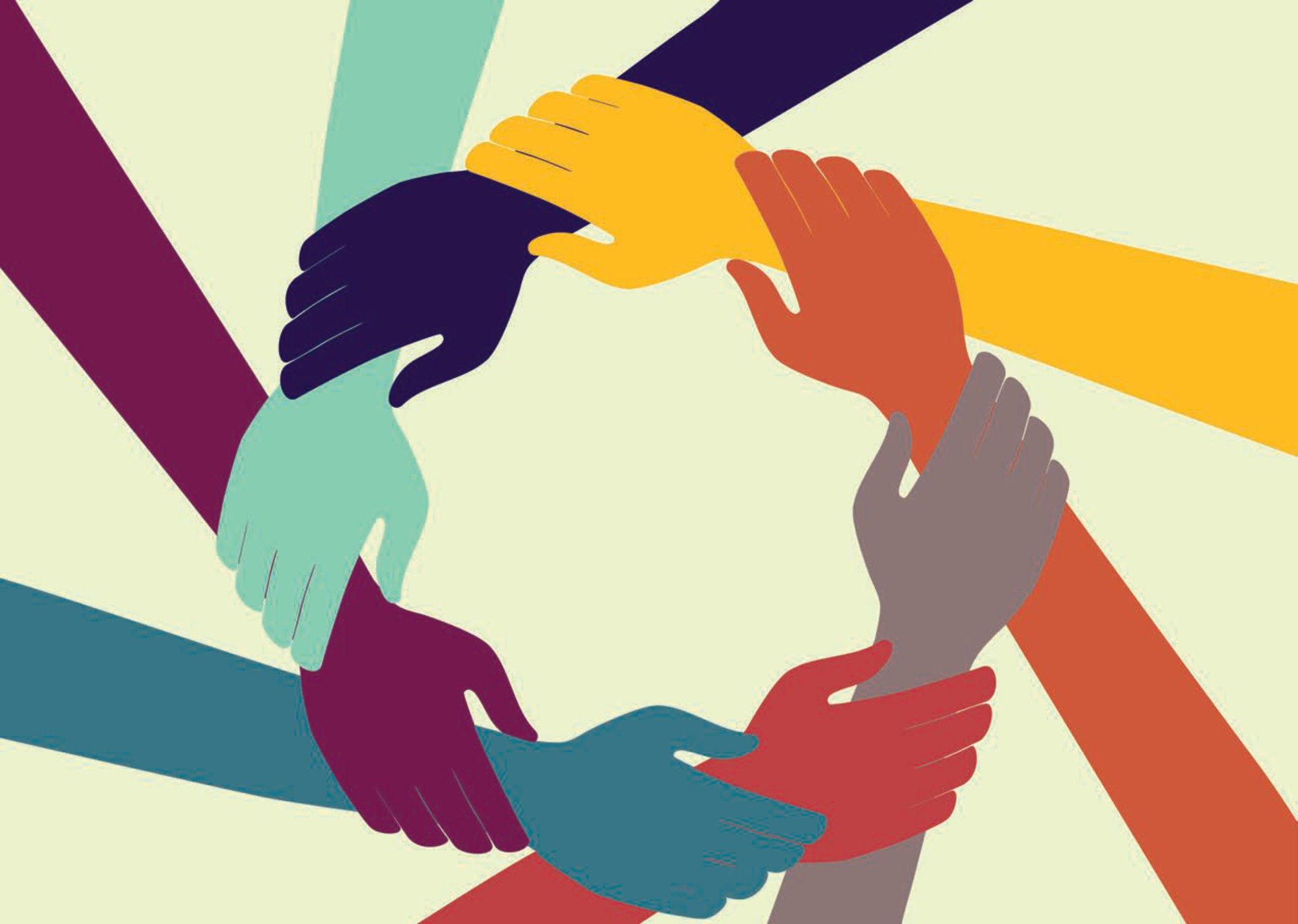This report considers five key groups who are widely considered disadvantaged in the labour market and who often face discrimination based on their group membership: immigrants, their descendants and ethnic minorities; LGBT people; older people; people with disabilities; and women.
OECD labour markets and societies have become increasingly diverse over the past decades. For example, shares of immigrants and their children have increased in virtually all OECD countries; more people are open about their sexual orientation than ever before; and the share of women in the labour force has increased often markedly. Awareness for issues surrounding diversity has also increased: in 2018, an overwhelming majority out of the 2 400 Human Resource (HR) professionals surveyed by the OECD in collaboration with national HR associations agreed that in the previous five years, the topic of diversity had gained more attention in their country (85%) and in their companies specifically (65%).
Ensuring that OECD countries are equipped to make the most of diversity by fully utilising all talent among diverse populations and promoting inclusive labour markets and societies is a key challenge ahead. Both businesses and governments are responding to this challenge with policies to strengthen the inclusion of diverse populations at the workplace and in the labour market in general. This report assesses: i) how labour market inclusion of women and minority groups in OECD countries has evolved over time; ii) the evidence on how diversity affects economic outcomes; and iii) which policies countries have implemented and what is known about their effectiveness.
